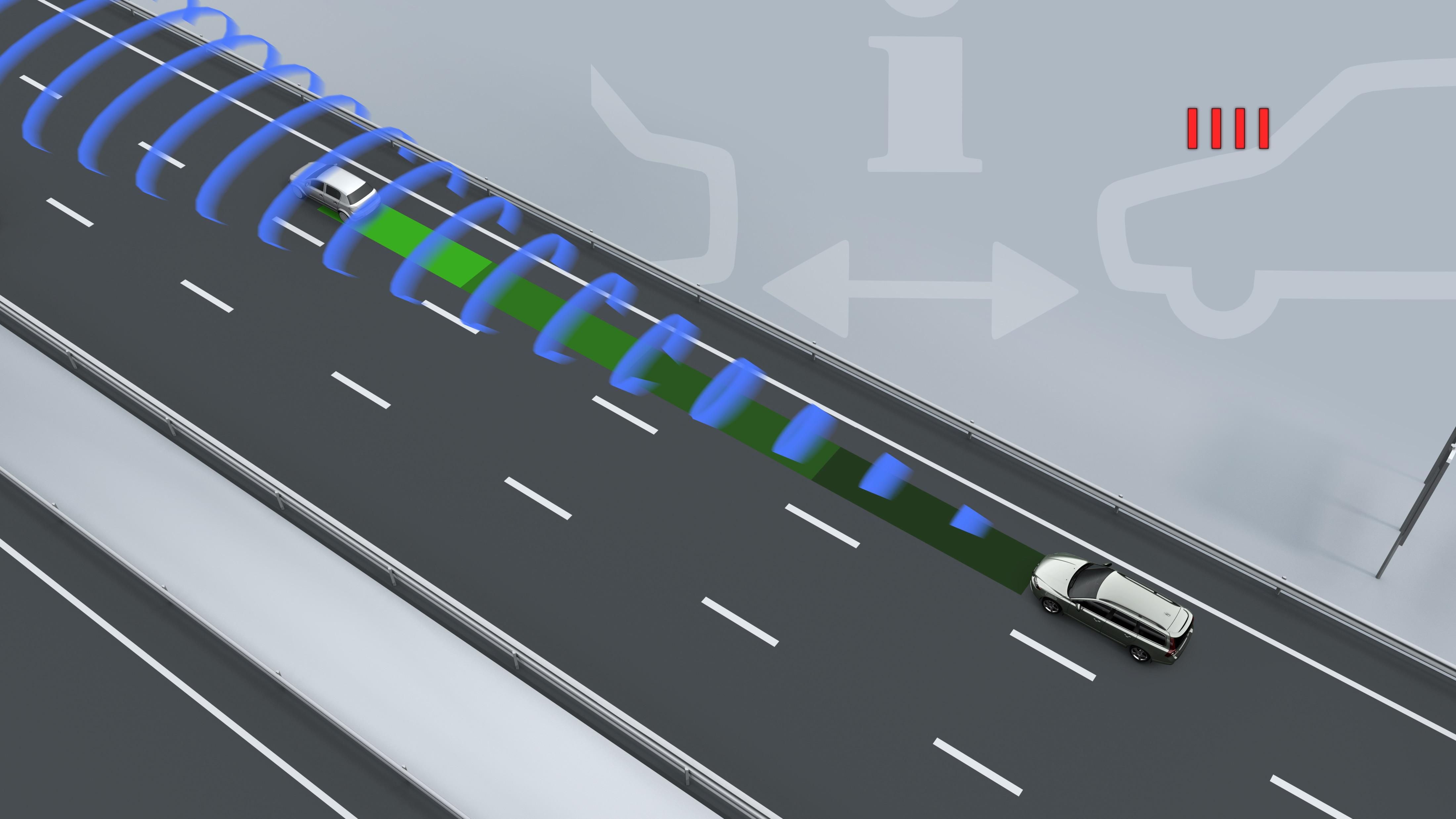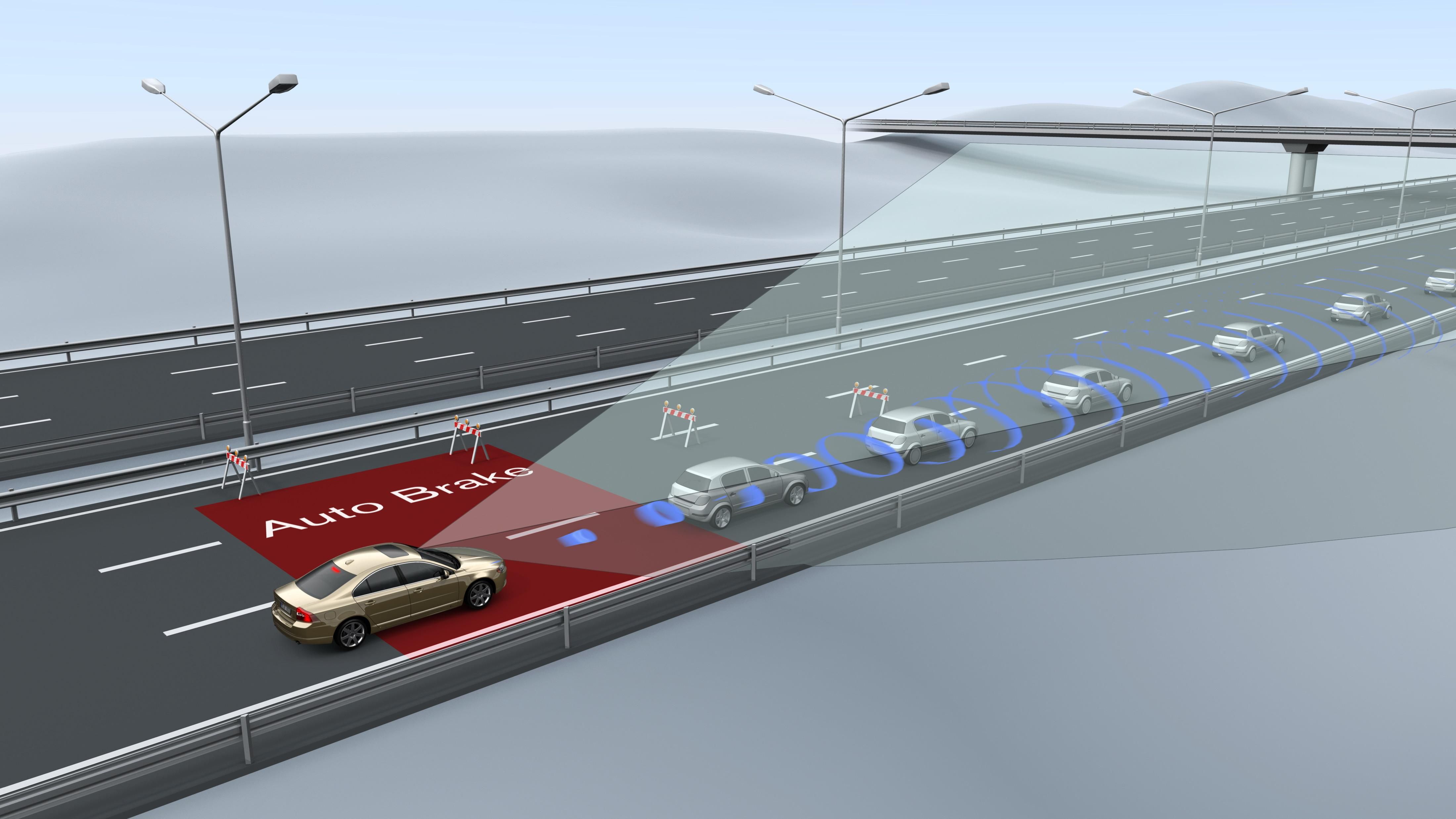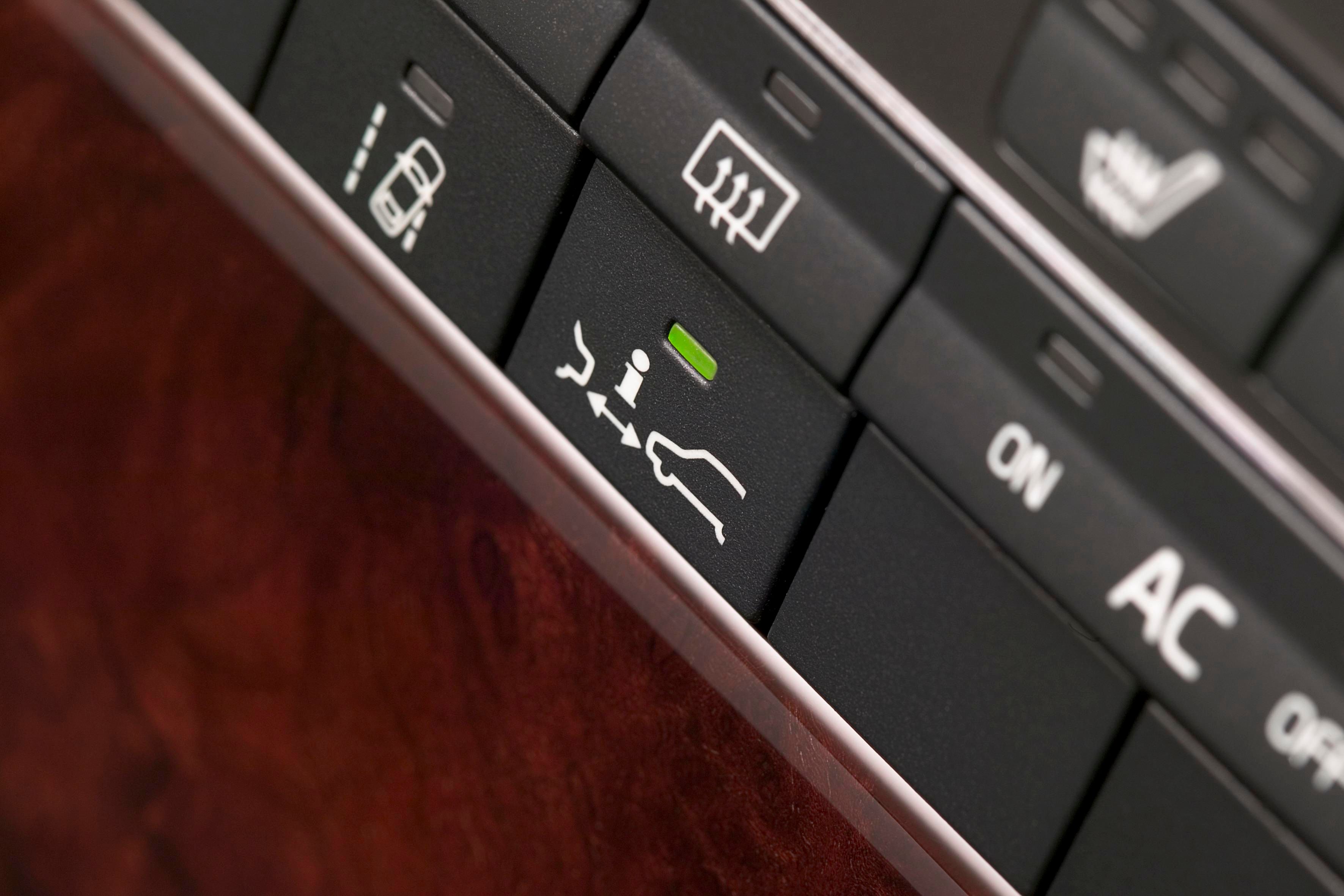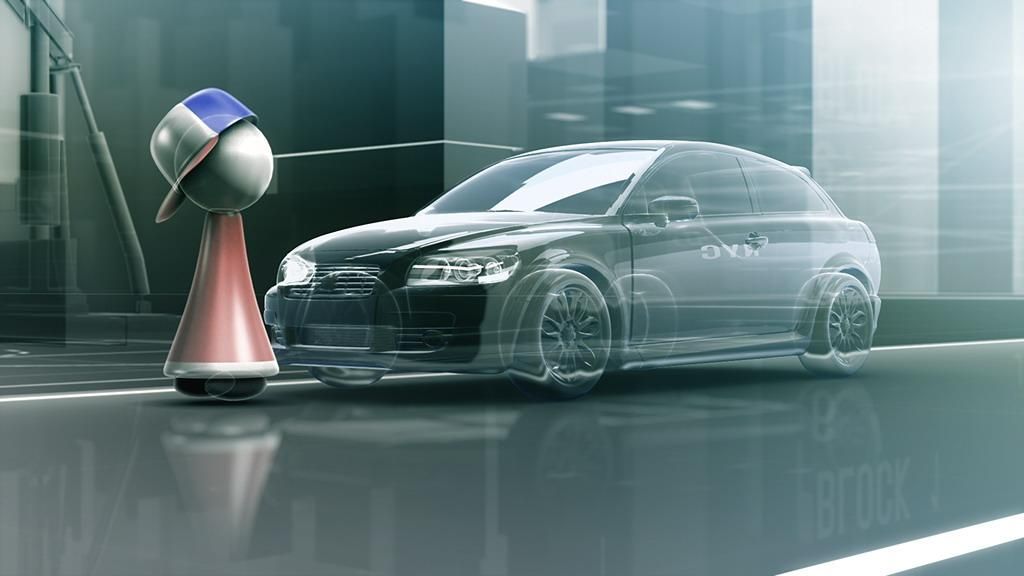Volvo is showcasing a new generation of groundbreaking protective safety systems to help improve safety on our roads. Collision Warning with Auto Brake for pedestrians, Collision Avoidance by Auto Steering and Vehicle to Vehicle Communication are three Volvo concepts which are currently in development to provide better protection for people both in and outside the car.
"Real-life safety is the key to our safety philosophy. Focusing on the crucial moments before and during the crash helps us determine the right priorities when we develop new preventive and protective safety systems,” says Jan Ivarsson, Senior Manager, Safety Strategy & Requirements at Volvo Cars. Volvo Cars is presenting a new generation of groundbreaking preventive safety systems. The systems are intended to enhance safety for people both inside and outside the vehicle, as well as allowing more relaxed and enjoyable driving.
The Volvo that sees people
Developing Volvo’s newly-introduced Collision Warning with Auto Brake (for detecting vehicle to vehicle collisions) further, this future system will assist the human eye and help the driver to ‘see’ people. It uses radar technology with a wide-angle search area to detect objects in front of and around the car. If the car approaches a pedestrian, a red warning light will come on first on the windscreen’s head-up display and a warning signal will sound. This helps the driver to react and, in most cases, an accident can be avoided.
If the car approaches a pedestrian, a red warning light will come on first on the windscreen’s head-up display and a warning signal will sound. This helps the driver to react and, in most cases, an accident can be avoided.
If the risk of a collision increases further, assisted panic braking is activated to provide more pressure when the brakes are applied and if the driver still doesn’t brake, and the collision is imminent, the car’s brakes are activated automatically.
The automatic braking has the capacity to reduce the car’s speed by approximately 15mph. Depending on the situation and the car’s speed this may mean in certain cases that a collision cannot be completely avoided.
Steer away from danger
Collision Avoidance by Auto Steering is a further development of Lane Departure Warning, which uses a camera to monitor the car’s position between lane markers. If a car wanders across any of the lane markers without using the indicator, the driver is warned by an audible signal. Collision Avoidance by Auto Steering is significantly more advanced. The system is designed to help prevent a frontal collision caused by temporary distraction by using both a camera and radar to monitor the position of the car itself and the oncoming traffic.
Collision Avoidance by Auto Steering is significantly more advanced. The system is designed to help prevent a frontal collision caused by temporary distraction by using both a camera and radar to monitor the position of the car itself and the oncoming traffic.
If the car is about to move into the wrong lane and the system detects that an oncoming vehicle is on a collision course, the car is automatically steered back to a safe position in the original lane. The high demands for reliability mean that Volvo experts are still assessing which degrees of steering wheel intervention are relevant and the exact speed range the system can operate within.
Talk to each other
Volvo research shows that cars that can communicate with other vehicles and the surrounding traffic environment can enhance the potential for safer driving and fewer traffic accidents.
Volvo has a number of test vehicles that can communicate with each other. For example, a driver in one car can receive information that another car further ahead on the same road, or around a blind corner, has come across an obstacle and has slammed on the brakes – and this makes it possible to brake in good time. However, for communication to work, it is necessary to have a standard “language” so that all vehicles can talk to each other irrespective of make or model. “With communication between vehicles, and between vehicles and the traffic environment, a large number of today’s accidents could be avoided. The major challenges are to find a standard “language” and the particular applications that are most urgent and effective,” says Jonas Ekmark.
“With communication between vehicles, and between vehicles and the traffic environment, a large number of today’s accidents could be avoided. The major challenges are to find a standard “language” and the particular applications that are most urgent and effective,” says Jonas Ekmark.
Volvo is a leading car manufacturer in both preventive and protective safety and the company has a long history of developing groundbreaking safety technologies.

